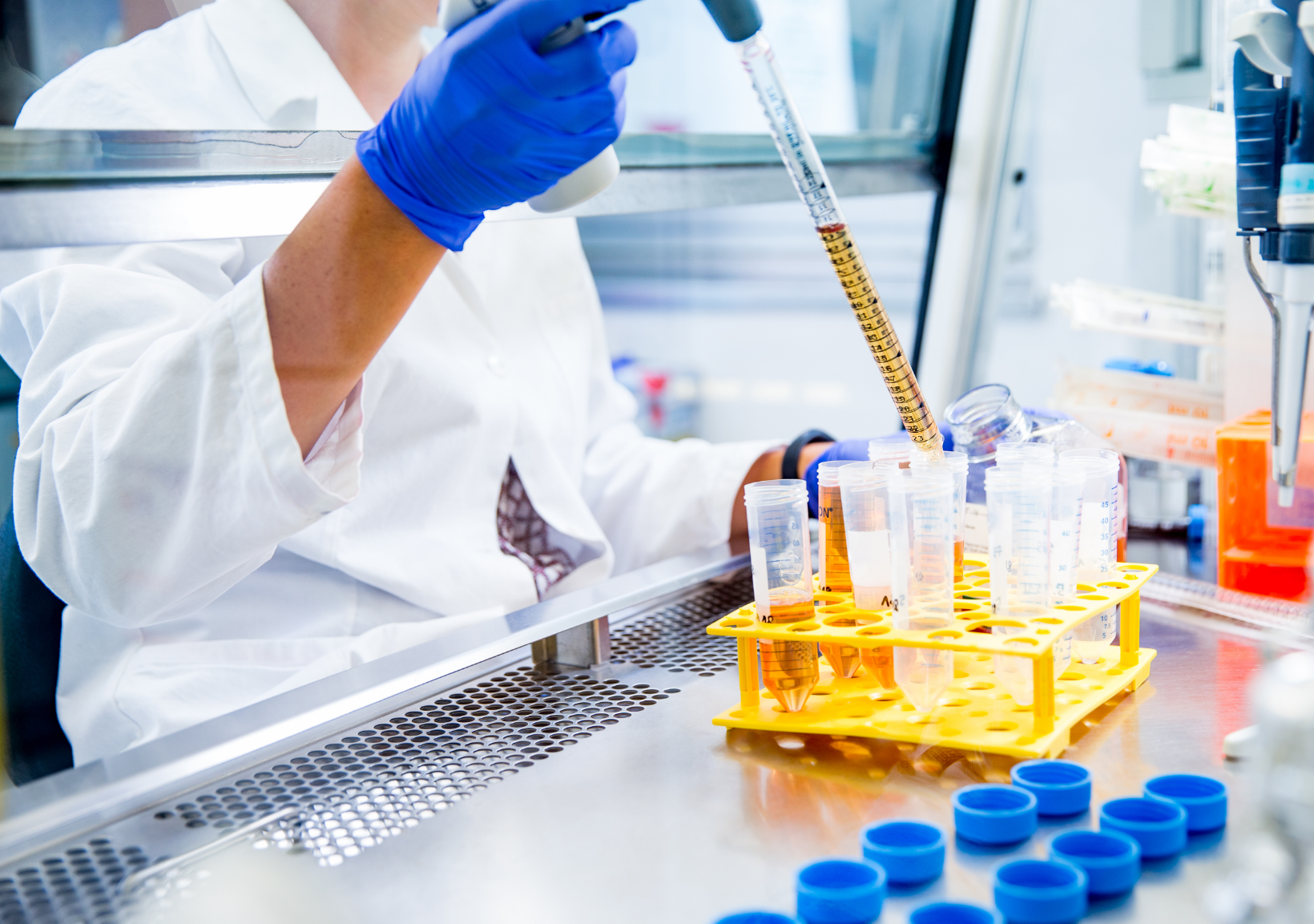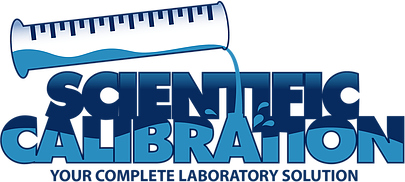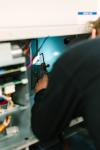The 411 on Biological Safety Cabinets

A biological safety cabinet (BSC) is a critical component of any laboratory focused on safety, sterility, and compliance. Designed as enclosed, ventilated workspaces, BSCs protect laboratory personnel and the surrounding environment when working with hazardous or infectious agents. These cabinets utilize HEPA filtration to recirculate or exhaust air, ensuring a contaminant-free work area and minimizing exposure risks.
???? Types of Biological Safety Cabinets
Biological safety cabinets are categorized by their level of protection for personnel, the environment, and the product being handled. Understanding these classifications is key to selecting the right cabinet for your application:
Class I BSCs
-
Protects: Operator and environment
-
Does not protect: Product or research material
-
Use Case: Safe for basic microbiological work, but unsuitable for tasks requiring product sterility
Class II BSCs
-
Protects: Operator, environment, and product
-
Use Case: Ideal for most biomedical, pharmaceutical, and clinical research settings
Class II cabinets are further divided into four subtypes—A1, A2, B1, and B2—based on airflow patterns and exhaust systems. Among these, Class II Type A2 is the most commonly used model in the United States, offering a balanced combination of protection and energy efficiency.
???? BSC vs. Fume Hood: What's the Difference?
Though similar in appearance, biological safety cabinets and fume hoods serve distinct purposes:
-
A BSC filters and recirculates air to protect against biological agents, offering product protection in addition to personnel and environmental safety.
-
A fume hood is used for working with volatile chemicals, acids, and solvents, pulling contaminated air away from the user and venting it outside the facility.
Choosing the correct unit depends on whether you're working with biological hazards or chemical fumes.
✅ Biological Safety Cabinet Certification
To ensure proper function and compliance with safety standards, BSCs must be certified in accordance with OSHA and NSF/ANSI 49 guidelines. Certification is required:
-
Upon installation
-
After relocation
-
Annually thereafter
The Certification Process Includes:
-
Airflow validation (inflow and downflow) to match manufacturer specifications
-
HEPA filter integrity testing using calibrated aerosol and analytical instruments
-
Operational performance checks to confirm proper containment and airflow
In addition to certification, preventive maintenance is strongly recommended to extend the life of your equipment and maintain consistent performance. Scientific Calibration offers full-service certification, maintenance, and repair for all major BSC brands.
???? Where to Buy a Certified Biological Safety Cabinet
Scientific Calibration currently stocks several brands of NSF Certified Class II Type A2 Biological Safety Cabinets, available for immediate shipment.
Features Include:
-
LCD touchscreen interface
-
Remote-controlled, motorized front sash
-
Heavy-duty castors with brakes and leveling feet
-
NSF Certification for compliance with U.S. safety standards
To view technical specifications, please contact our team directly.
???? Need Assistance?
With over 20 years of experience in laboratory safety equipment and service, Scientific Calibration is your trusted partner for:
-
BSC selection and purchasing
-
Certification and validation
-
Preventive maintenance and repairs
???? Email: scical@scical.com
???? Call: 919-301-1212
???? Visit: www.scical.com






